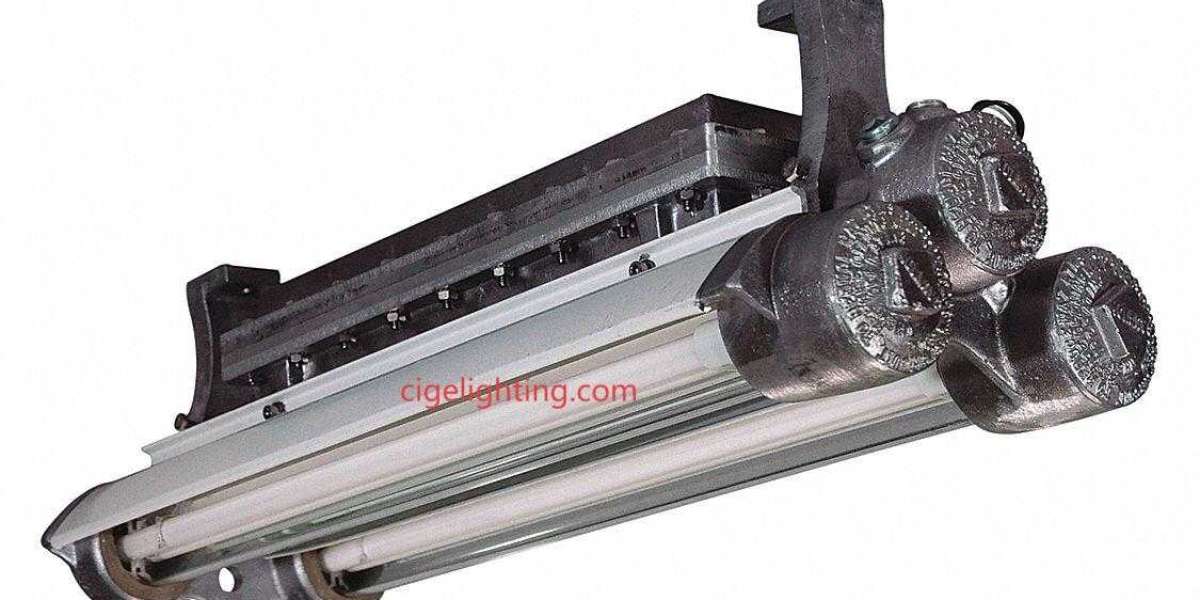Polymer and epoxy bushing technology Polymer and epoxy bushing technology enhances dielectric performance, reduces maintenance needs, and provides long-lasting insulation for high-voltage applications.
Polymer and Epoxy Bushing Technology represents a significant modern advancement over traditional porcelain and oil-filled systems, defining the future trajectory for electrical insulation in power systems. These materials offer a combination of superior electrical, mechanical, and environmental advantages that address many of the limitations of legacy designs.
Epoxy resin is a thermosetting polymer widely used as the solid insulating core in many modern bushings. When used in a dry-type system like Resin-Impregnated Paper (RIP), a core is formed by winding layers of paper and conductive foils, which is then fully impregnated and cured with a specialized epoxy resin. This process results in a solid, void-free, and dimensionally stable insulation system. The major advantage of epoxy-based insulation is its high dielectric strength and the ability to be precision-molded, which is crucial for accurately creating the capacitance-graded core necessary for high-voltage applications. The resulting bushing is a dry-type component, eliminating the fire risk and environmental issues associated with mineral oil and offering superior anti-fragmentation properties upon failure, greatly enhancing safety. Epoxy resin is also often used for the bulk insulation in medium-voltage cast-resin bushings and as the main solid insulator in Gas-Insulated Switchgear (GIS).
Polymer Bushings often refers to the technology utilizing an external silicone rubber or EPDM (Ethylene Propylene Diene Monomer) rubber housing, or weather shed, over an internal core (which can be epoxy, fiberglass, or another solid material). The most compelling advantage of silicone rubber is its exceptional hydrophobicity—it naturally repels water. This feature is crucial in polluted environments, as it prevents a continuous film of water from forming on the surface, which is the precursor to flashover. By resisting the formation of leakage paths, polymer sheds maintain excellent surface insulation performance even when dirty.
Beyond their electrical performance, both polymer and epoxy technologies offer significant mechanical and logistical benefits. Polymer composite bushings are substantially lighter than their porcelain counterparts, simplifying transportation, handling, and installation. Their lightweight nature also makes them a preferred choice in seismic zones, as the reduced mass places less stress on the transformer or supporting structure during an earthquake. Furthermore, the non-brittle nature of the polymer housing means they are non-shattering, providing a critical safety advantage over porcelain in the event of severe impact or internal fault. This combination of enhanced safety, superior pollution performance, and reduced mass is driving a global adoption trend across all voltage classes.
FAQ on Polymer and Epoxy Bushing Technology
What is the main benefit of using epoxy in the core of a dry-type bushing (RIP)?
Epoxy provides a solid, void-free, and high-dielectric-strength insulation system, eliminating the need for oil and making the bushing inherently safer and more fire-resistant than traditional oil-filled types.
Why is the silicone rubber outer housing (shed) particularly advantageous in outdoor environments?
Silicone rubber is highly advantageous for its superior hydrophobicity, which repels water and prevents the formation of conductive films on the surface, thus maintaining insulation integrity in polluted and damp conditions.
What non-electrical benefit do polymer and composite bushings offer during system installation and in seismic areas?
They are significantly lighter than porcelain, which simplifies handling and installation, and their reduced mass and non-shattering nature make them an ideal, safer choice in areas prone to seismic activity.



